CURIOUS THINGS YOU CAN ONLY FIND IN OUTER SPACE
Added on: 28th Oct 2015
HYPERVELOCITY STARS

While ordinary stars in the galaxy have velocities on the order of 100 km/s
(62 m/s), the hypervelocity stars (especially those near the centre of the
galaxy, which is where most are thought to be produced), have
velocities on the order of 1,000 km/s (620 m/s). Pummelling through
space at these speeds, these stars exceed the escape velocity
of the galaxy.
PSYCHE
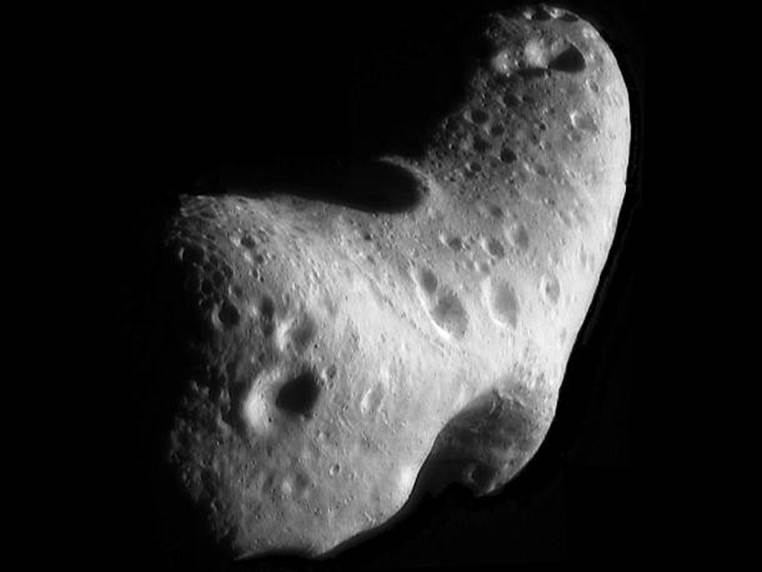
Discovered in 1852 and named after the Greek mythological figure
Psyche, 16 Psyche is a one of the largest metal asteroids in the
asteroid belt between Mars and Jupiter. Unlike most of other metal asteroids,
Psyche shows no sign of the presence of water and is believed to have a
purely iron-nickel composition.
SUPERNOVA

One of the most familiar astronomical terms, supernova is a
stellar explosion capable of briefly outshining an entire galaxy.
During the explosion, the star radiates as much energy as the Sun or
any ordinary star is expected to emit over its entire life span.
HIMIKO
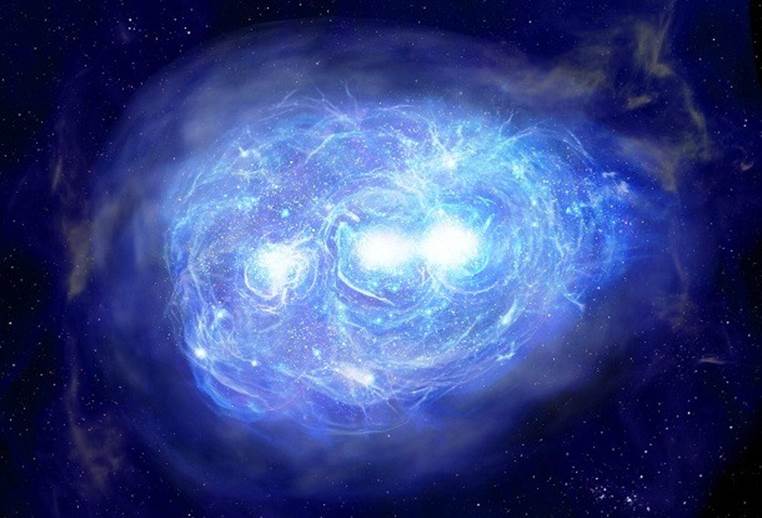
Named after a Japanese scientist, Himiko is a giant gas cloud and one
of the largest objects ever found in space. With a length of about
55,000 light years, the cloud is roughly the equivalent mass of
40 billion Sun.
QUASAR
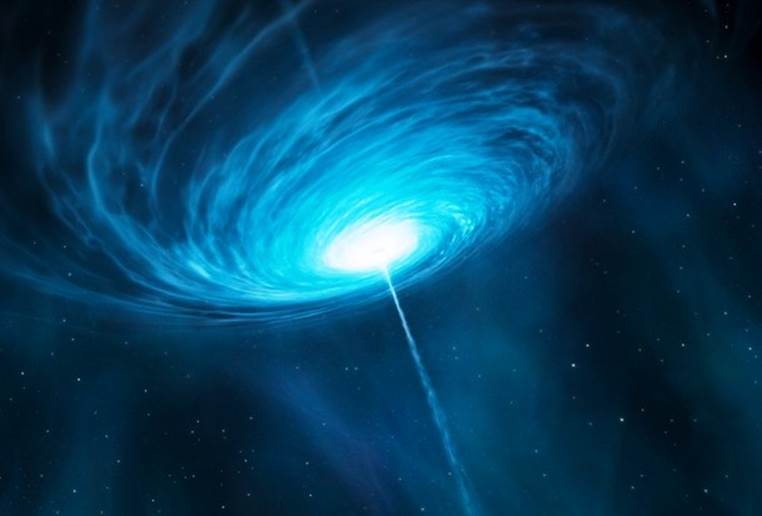
Categorized as the so called active galactic nuclei, quasars are
basically extremely luminous discs of matter surrounding black holes.
Considered the brightest known objects in space, quasars are
capable of a luminosity 100 times greater than that of the
entire Milky Way.
VY CANIS MAJORIS
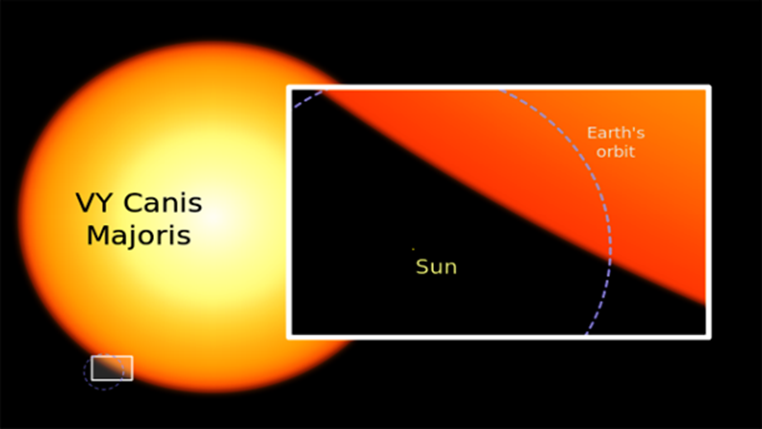
Located in the constellation Canis Major, some 3,900 light years from Earth,
VY Canis Majoris is a red hypergiant and one of the largest and most
luminous known stars. Discovered in 1801, the star is about 1,500
times larger than the Sun.
GALACTIC CANNIBALISM
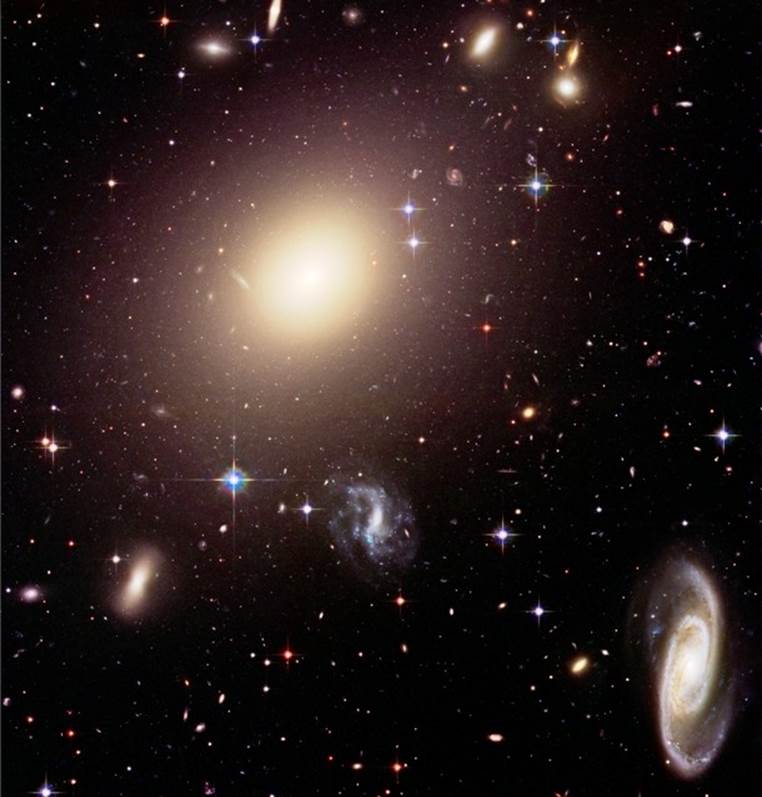
What sounds like something from an alien horror movie actually refers
to a process in which a larger galaxy “eats” a smaller one and by means
of tidal gravitation – merges with it, creating a new, often irregular galaxy.
TRIFID NEBULA
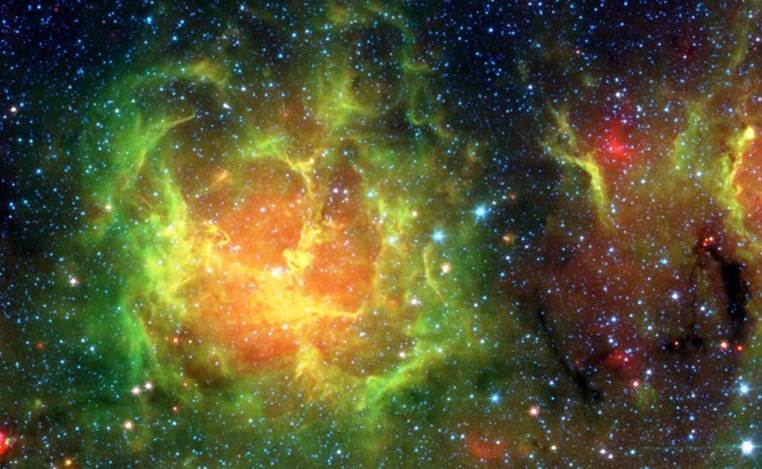
Located in the constellation Sagittarius, some 5,000 light years from Earth,
the Trifid nebula is an unusual space object consisting of an open
cluster of stars, an emission nebula (the lower portion), a reflection nebula
(the upper portion) and a dark nebula (the gaps in the emission nebula).

Comment on this